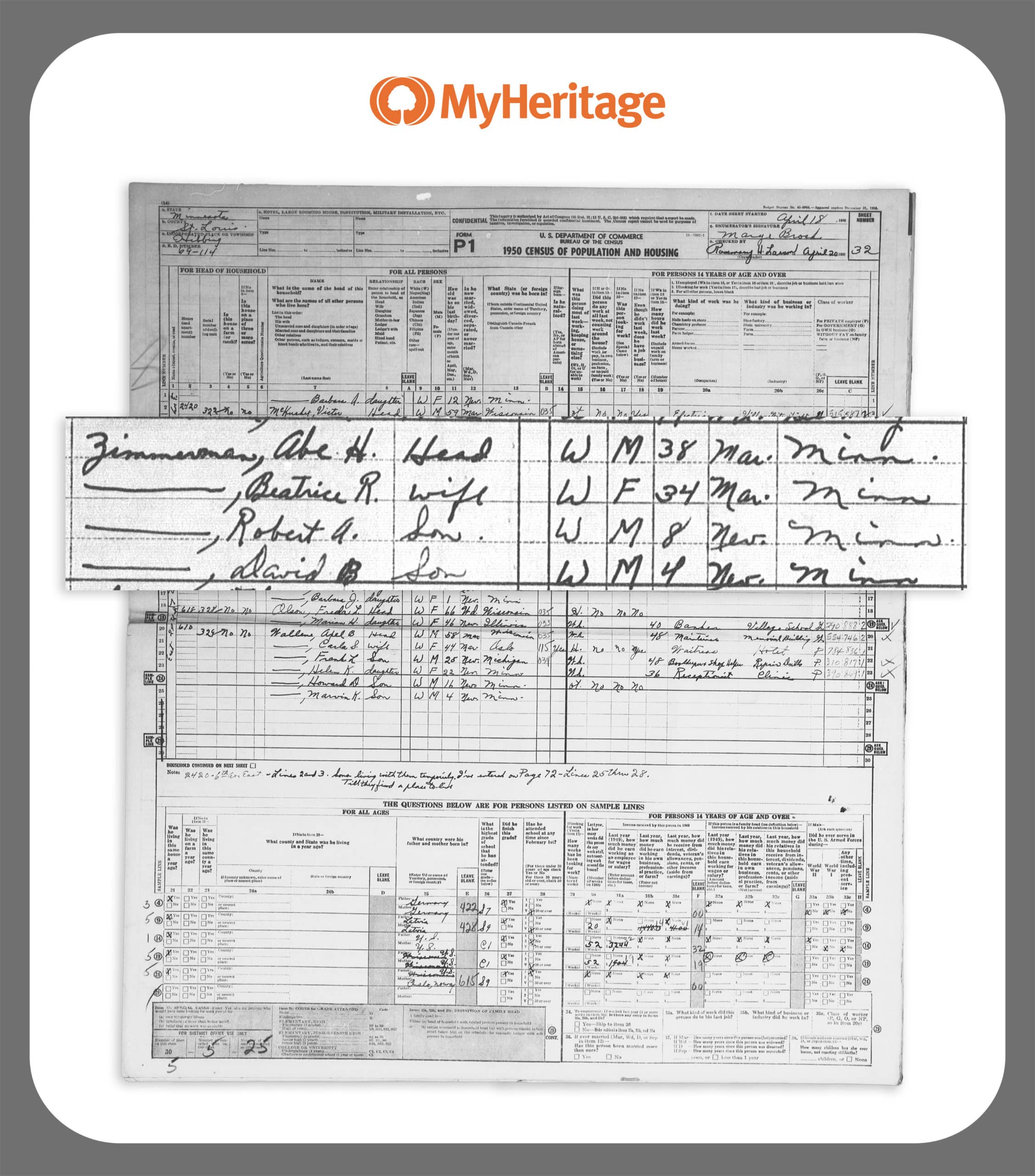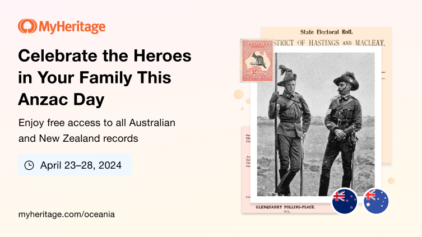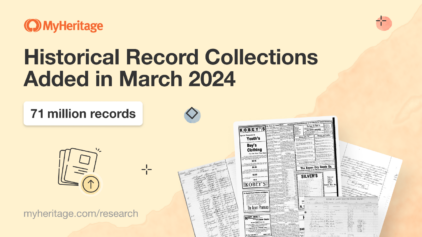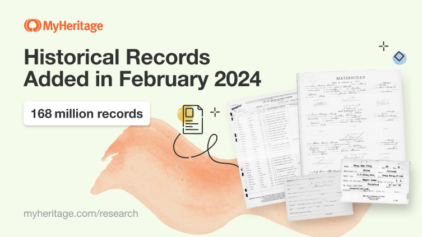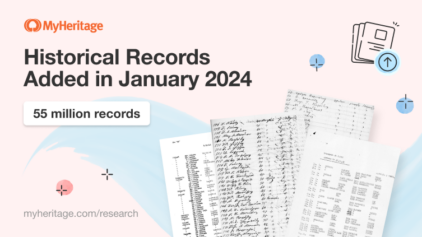The 1950 U.S. Census Index for Guam and the Panama Canal Zone Is Now Live
- By Talya
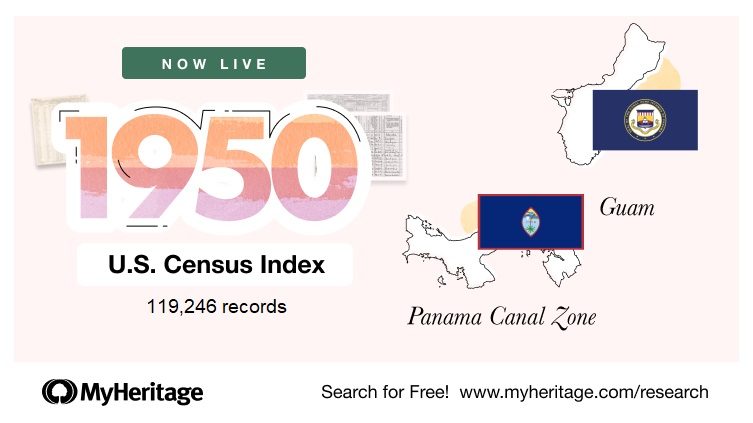

MyHeritage is delighted to share the next installment of the 1950 U.S. Census indexed records (and their corresponding images) from the territories of Guam and the Panama Canal Zone. An additional 119,246 records were added for a total of 1,966,882 historical records in the collection. All of the records are available to search, view, and add to your family tree on MyHeritage for free!
Search the 1950 United States Census Index collection
Guam
Guam, an island in the western Pacific Ocean, is the westernmost territory of the United States and remains a strategic military outpost. The island shares many cultural similarities with its bordering islands of the Philippines, Polynesia, and Melanesia. Guam was originally settled by the Chamoru people as early as 1500 to 1400 BC. Nearly 3,000 years later, on January 26, 1565, Spain claimed the island as its own and used it as an outpost for Spanish trading ships. On June 21, 1898, the United States captured Guam from Spain in the midst of the Spanish-American War and made it an official U.S. territory to be used mainly as a military outpost for the U.S. Navy. During World War II, however, hours after the attack on Pearl Harbor on December 8, 1941, the Japanese captured Guam and occupied it for two and a half years, during which time Guamanians were subject to forced labor, torture and executions. On July 21, 1944, the U.S. recaptured the island from the Japanese, a day now celebrated as Liberation Day.
Panama Canal Zone
The Panama Canal Zone was established as a territory of the United States from 1903 to 1979 under the Hay–Bunau-Varilla Treaty. In the treaty, the U.S. obtained the rights from Panama to build the Panama Canal and maintain the Canal and its adjacent land as a territory. Panamanians struggled for decades to renegotiate the treaty and regain ownership of the Canal. Finally, in 1979, the U.S. and Panama entered into the Torrijos–Carter Treaties, in which the U.S. relinquished the Panama Canal as a territory and promised to return ownership of the Panama Canal by 1999.
A gem from the 1950 Census
Among the records in the MyHeritage 1950 census image collection, you can find singer-songwriter Bob Dylan appearing in a U.S. census for the first time. Born Robert Allen Zimmerman, Bob was 8-years-old at the time of the 1950 U.S. census. The census lists his father, Abe, as 38-years-old and mother, Beatrice, as 34 years-old. Abe is listed as a bookkeeper at a retail electrical store. Bob has one younger sibling named David who was 4-years-old at the time of the census.
Summary
We are delighted to release the latest installment of the MyHeritage 1950 U.S. Census collection covering Guam and the Panama Canal Zone. This index and its associated images will serve as a significant resource for family historians, genealogists, social scientists, and other researchers for decades to come.
Searching the 1950 U.S. Census on MyHeritage and viewing records is free.
If you have a family tree on MyHeritage, our Record Matching technology will notify you automatically if records from the collection match your relatives. You’ll then be able to review the record and decide if you’d like to add the new information to your tree. Record Matches to the 1950 Census collection are free.
Enjoy the 1950 U.S. Census Index!
